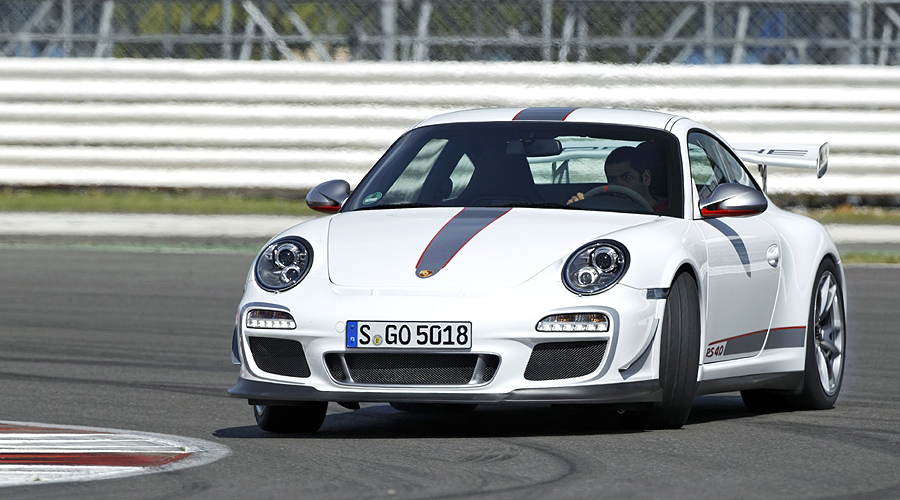
The car you see here represents the end of two eras, writes John Simister. And a third (rather short) one because all 600 examples of the new Porsche 911 GT3 RS 4.0 have already been snapped up by buyers eager for a piece of history. Of these, around 35 – one per Porsche dealer – will come to the UK. So if you haven't placed your order, you'll just have to imagine the RS 4.0 experience with the help of the words that follow.
This is the last 997-era 911 before an all-new range is revealed at this coming September's Frankfurt show. The next generation will still have a flat-six engine in the tail, derived from the new-generation engines already found in most 911s, Caymans and Boxsters, but the rest of the car will be a complete re-design. But there's something else historic about GT3 911s, which is that they have never adopted this new-generation engine because the dizzy revs a GT3 reaches are too high for the new engine's direct-injection system.
So all GT3s, including this latest one, still have an engine block directly descended from the original 911 engine of 1963, complete with dry sump and separate oil tank. Of course the cylinders and heads long since become water-cooled, with four valves per cylinder and two camshafts per cylinder head, but the line of descent is clear.
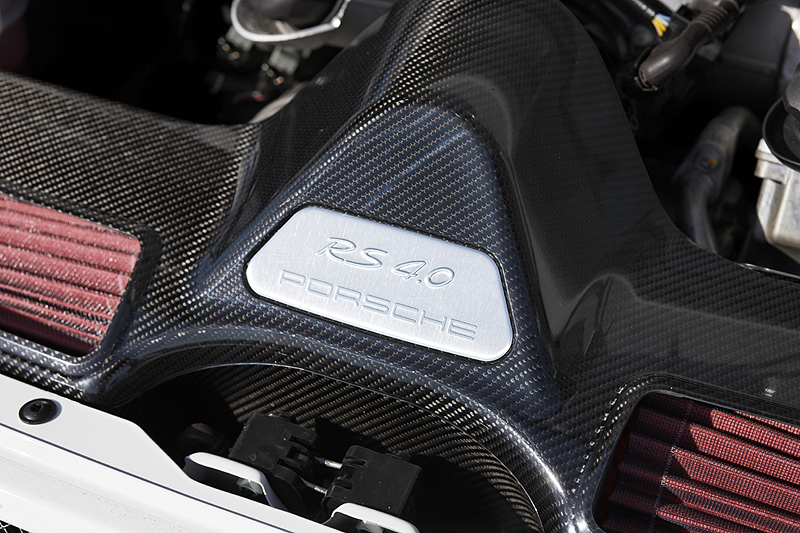
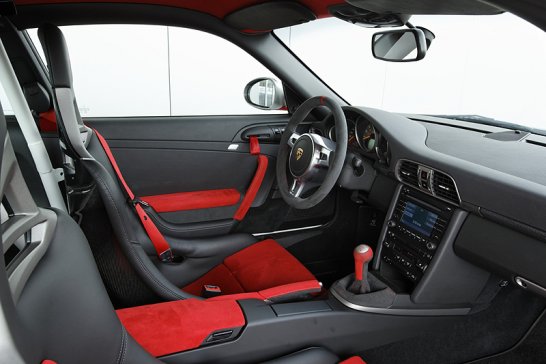
That original engine had a 2.0-litre capacity. This one, unbelievably, is double that, which makes it the largest engine that has ever hung behind a Porsche's rear wheels. The extra capacity comes from a longer stroke, the bores already being at the limit, and it results in an extra 50bhp over the outgoing 3.8-litre GT3 RS to make 500bhp at 8250rpm. That's 911 Turbo power, but delivered in a very different way; its torque peak is 339lb ft at 5750rpm, suggestive of the need to keep the revs flying. That ain't necessarily so, as we shall see.
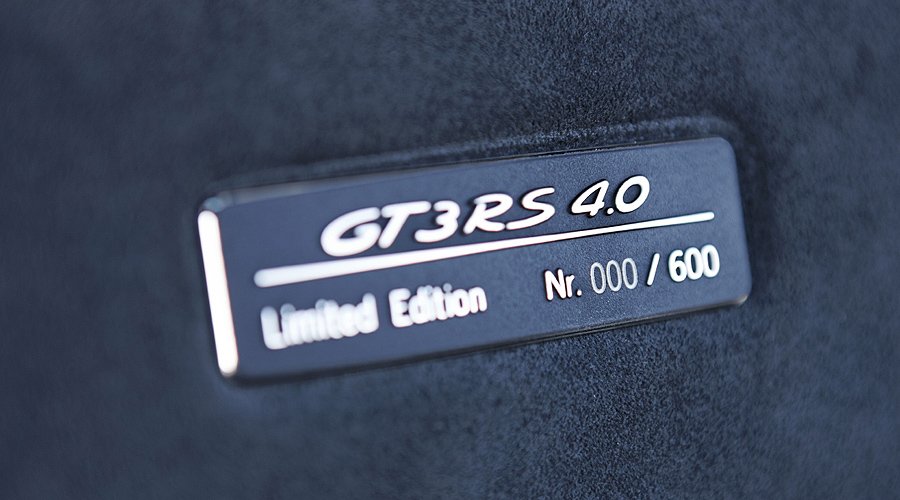
This GT3 RS is full of race-specification, or at least race-inspired, components to help it to a low 1360kg unladen weight. The engine's connecting rods are titanium. The bonnet and front wings are carbonfibre, as is the handmade air-filter box designed to eliminate detectable pressure differences either side of the two cone filters' elements. The rear side windows are polycarbonate, there's a rollcage in place of the rear seats in usual GT3 fashion, and the rear wing atop the lightweight engine cover has a 9deg angle of attack instead of a regular GT3's 5deg to give a hefty 190kg of downforce at the claimed 193mph top speed. Tiny winglets ahead of the front wheelarches help keep the front wheels in road contact while this is happening.
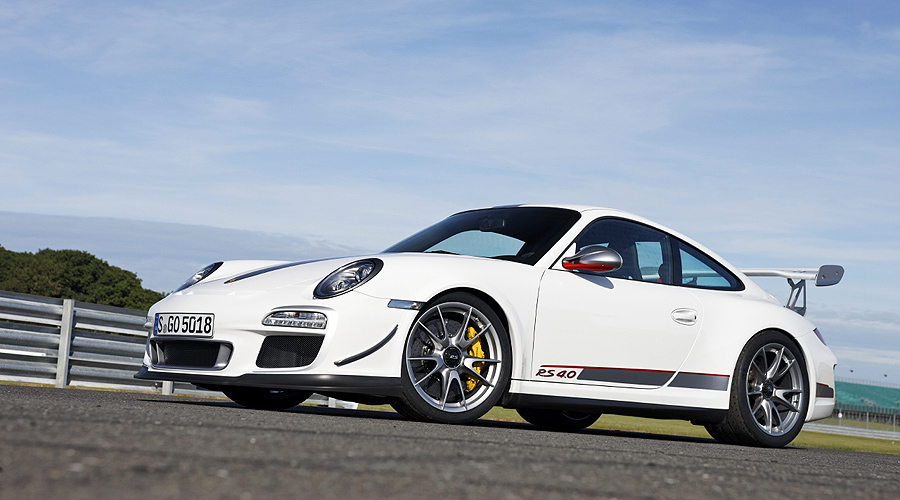
Underneath, we find GT2 RS-type suspension components such as the soft 'helper' springs under the stiff main ones, designed to absorb small bumps with acceptable suppleness, and solid Rose joints – six per side – for all the lower pivots of the rear suspension. The upper pivots retain rubber, without which the ride would be too harsh and the steering response too 'darty'. All of the foregoing results in a 911 able to lap the Nürburgring Nordschleife in 7m 27sec, which is 3.8 seconds fewer than the GT3 RS 3.8 required and also quicker than a Carrera GT. Without the front winglets, apparently this latest GT3 would take off at the circuit's Pflanzgarten section.
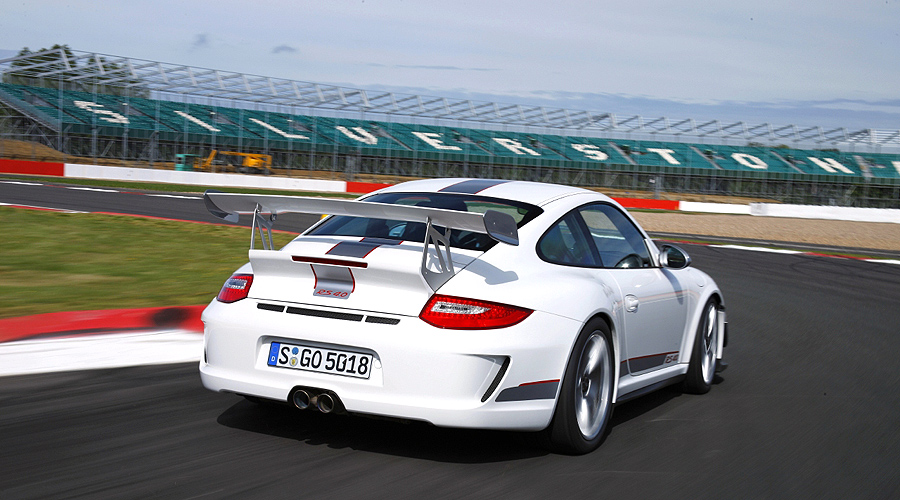
Fine. Could you live with it on the road? The engine has, at 12.4 to one, an extraordinarily high compression ratio for an indirectly injected unit, so you would expect harshness and bad behaviour if attempting to accelerate hard from low revs. There is neither. You can put your foot down at just over 1000rpm and feel a strong surge of instant torque, something GT3s to date have not offered unless already singing at several thousand. At 4000rpm there's a deepening of exhaust note – pressing Sport (hardly a vital adjunct to a car like this) ensures the note is there from the off – and the RS really starts to hurtle as the four variable camshafts find their optimum rotational angles.
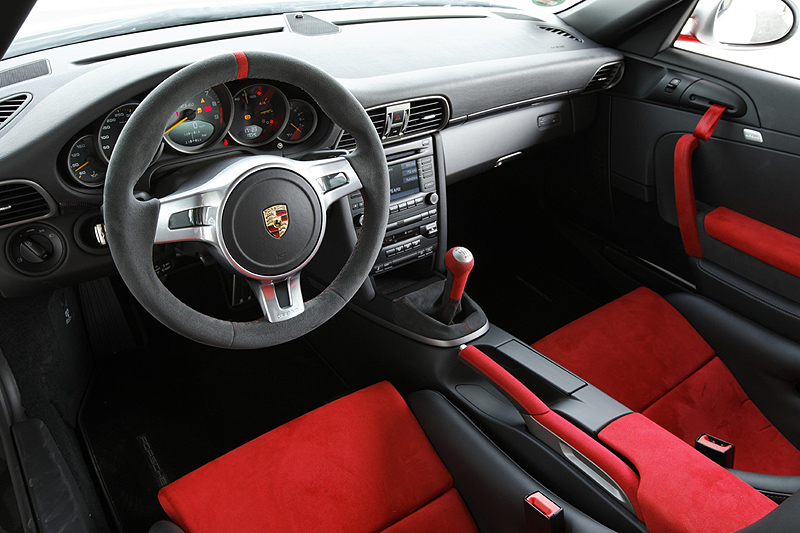
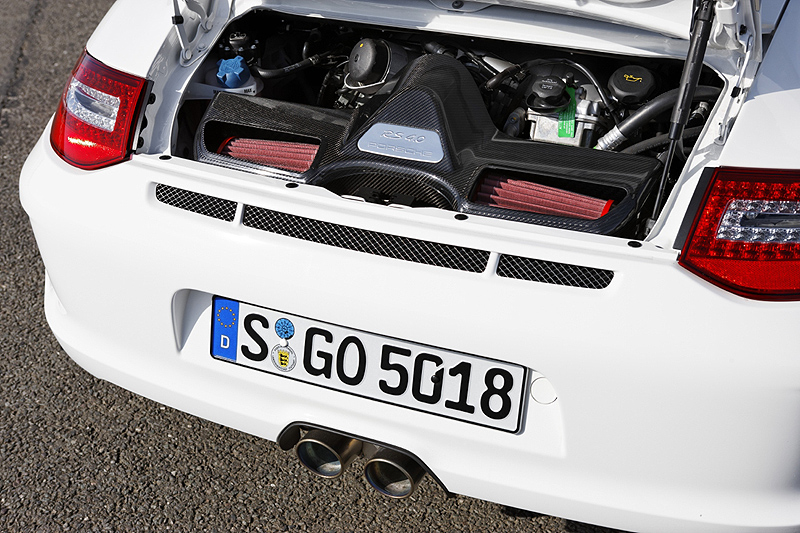
You can blaze around the lanes all day, as I did, and seldom see more than about 6000rpm on the tachometer. You can stay in a high gear and still have more overtaking urge on tap than anything else you're likely to encounter. But if you do let the revs rip and head towards the figure eight, you're rewarded with a truly extraordinary blast of aural and accelerative energy, a hard-edged rip which cannons you from one bend's apex straight the point where the (£5924 optional) carbon-ceramic brakes dissipate it all before the next one. From a standstill to 62mph takes 3.9sec, to 124mph under 12.
All the while the RS steers with a precision that's simultaneously meaty and delicate, rear end squirming slightly as power and topography attempt an accommodation, nose always glued. Your sense of balance lets you know the engine is behind you, but such are the grip and the traction that pendulous oversteer just doesn't materialise. Not on a dry road, anyway; a wet race track might be another matter. It rides well, too, on its two-range adaptive dampers. Probably better than the Carrera GTS recently tested here, actually.
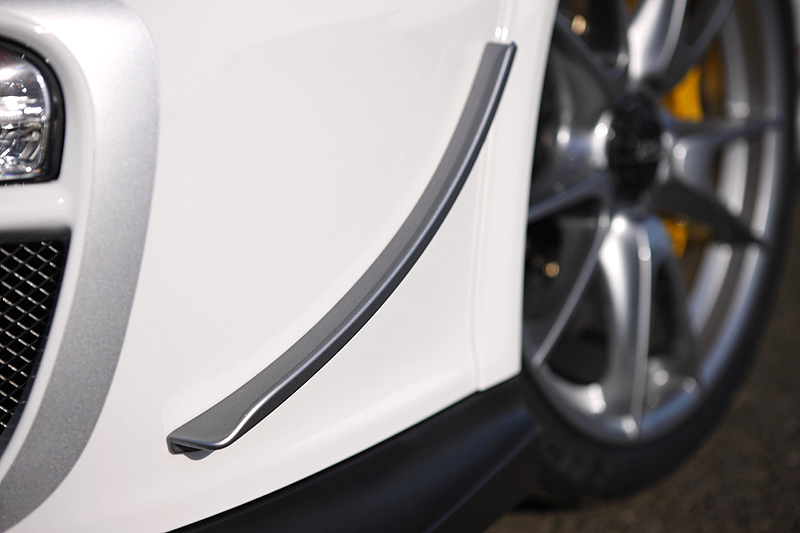
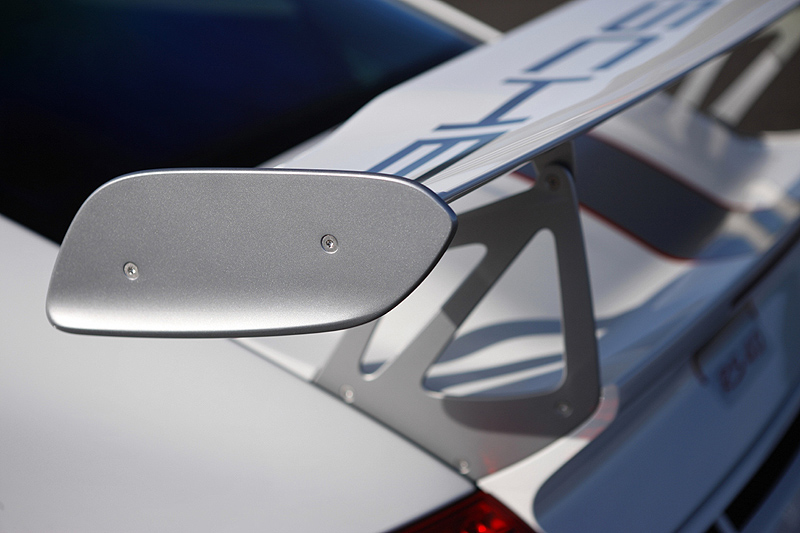
Just two snags. Surprisingly, heel-and-toe pedal work was very difficult in the left-hand-drive test car, which was probably just a matter of accelerator adjustment. And you do find yourself wondering just how you can enjoy all this pace on our crowded roads without becoming a social outcast. You need either to live somewhere like Northumberland or have a regular trackday date.
Oh, and the price list starts at £128,466, with an extra £1295 for the rather cool, ultra-lightweight, lithium-ion battery. But it doesn't matter, because they've all gone.
Text: John Simister
Photos: Porsche
ClassicInside - The Classic Driver Newsletter
Free Subscription!










